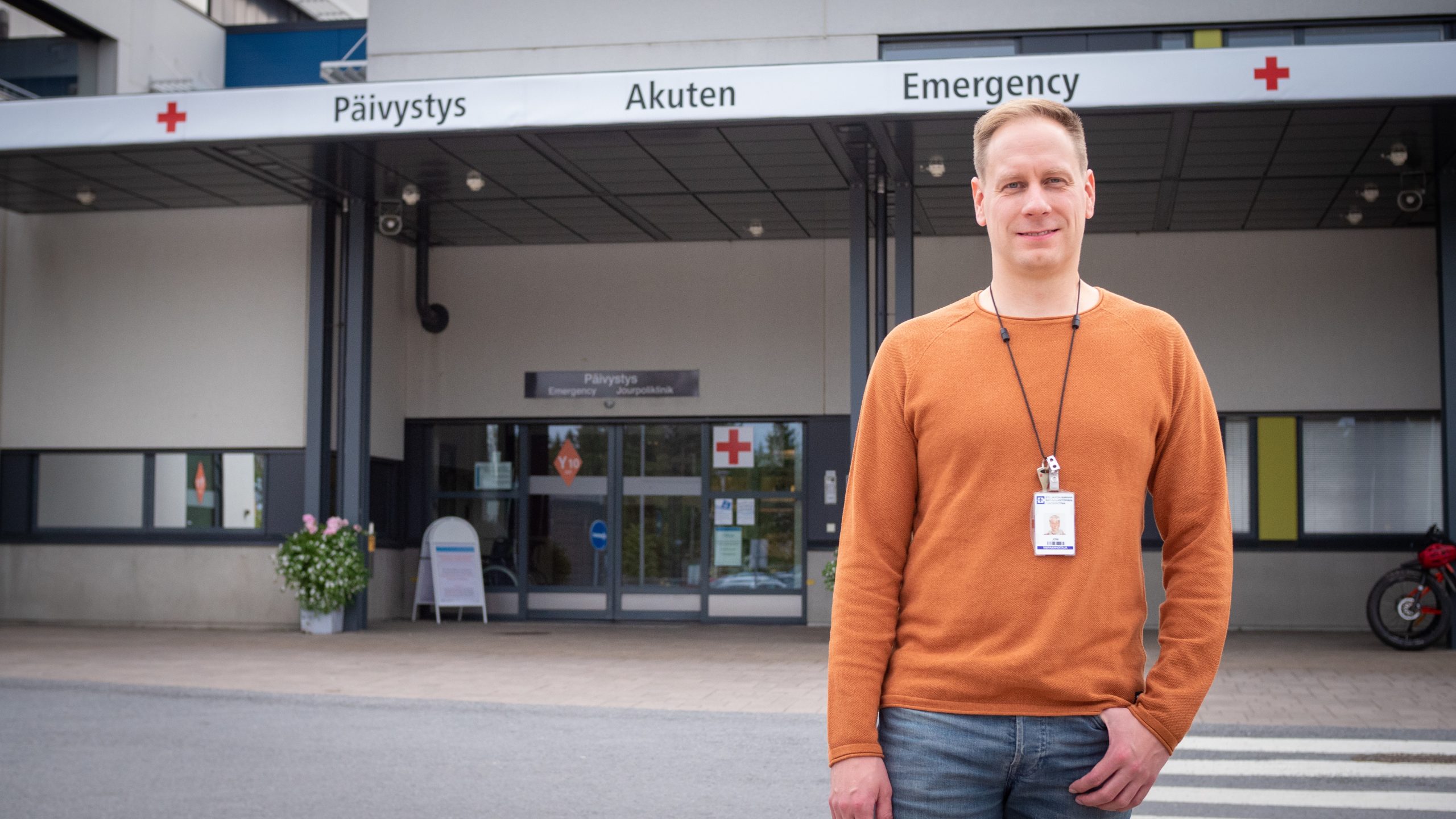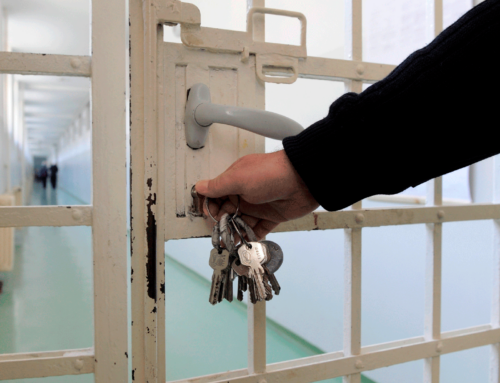
Before Secapp it could take even 5-10 minutes for internal alerts at Seinäjoki Central Hospital in Finland. With Secapp the alert delay has been reduced to only 30-60 seconds.
At Seinäjoki Central Hospital, critical communications involve all the necessary actors that are directly linked to the fast and immediate care of patients.
– This includes mainly assessment and diagnostic units, such as ECU, X-ray, laboratory, OR and ICU, says Project Manager Joni Alanko.
Before Secapp it could take several minutes to alert all the necessary resources.
– Before Secapp it took about 5-10 minutes to alert. We had to make quite many phone calls for several different team members. With Secapp the alert goes on in 30-60 seconds and every person will be reached, Alanko describes.
– At the same time every person will get information about the situation and the patient’s estimated time of arrival, Alanko adds.
With Secapp e.g. the critical situations near the hospital can be quickly responded to.
– Even if the patient comes near the hospital, for example if the patient is hit by car at the city centre, here the patient is already met by the treatment team, even though the transport distance is very short.
Praise for Secapp’s versatility and easy implementation
– It was crucial for us that we would be able to alert also in the authority network. That was one of the biggest reasons for choosing Secapp.
Clear instructions made the implementation process easy.
– It was easy to work with Secapp in putting the system to use. They gave us clear instructions on what we need to do after which they helped us with user training, Alanko tells.
– The best aspects about Secapp are naturally its reliability and that it eases our work. It enables us to focus on our core task of taking care of patients.

Before Secapp it could take even 5-10 minutes for internal alerts at Seinäjoki Central Hospital in Finland. With Secapp the alert delay has been reduced to only 30-60 seconds.
At Seinäjoki Central Hospital, critical communications involve all the necessary actors that are directly linked to the fast and immediate care of patients.
– This includes mainly assessment and diagnostic units, such as ECU, X-ray, laboratory, OR and ICU, says Project Manager Joni Alanko.
Before Secapp it could take several minutes to alert all the necessary resources.
– Before Secapp it took about 5-10 minutes to alert. We had to make quite many phone calls for several different team members. With Secapp the alert goes on in 30-60 seconds and every person will be reached, Alanko describes.
– At the same time every person will get information about the situation and the patient’s estimated time of arrival, Alanko adds.
With Secapp e.g. the critical situations near the hospital can be quickly responded to.
– Even if the patient comes near the hospital, for example if the patient is hit by car at the city centre, here the patient is already met by the treatment team, even though the transport distance is very short.
Praise for Secapp’s versatility and easy implementation
– It was crucial for us that we would be able to alert also in the authority network. That was one of the biggest reasons for choosing Secapp.
Clear instructions made the implementation process easy.
– It was easy to work with Secapp in putting the system to use. They gave us clear instructions on what we need to do after which they helped us with user training, Alanko tells.
– The best aspects about Secapp are naturally its reliability and that it eases our work. It enables us to focus on our core task of taking care of patients.






